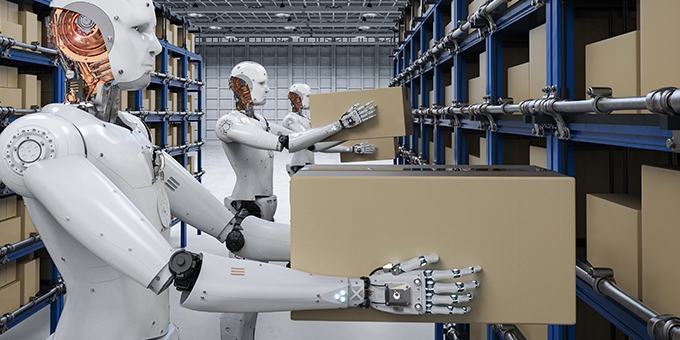Customer preferences are evolving with the use of new distribution channels. With social media implementation, omni-channel and e-commerce clients now have more pricing choices, offerings, distribution methods and shopping experiences. A business' ability to keep the consumer happy depends heavily on the ability to satisfy.
Progressive companies have understood the vital importance of developing a functioning supply chain that an operations plan requires. The integration of storage and fulfillment operations into one facility has become the foundation of the supply chain network, allowing a single location to store a large range of goods and multiple channels of service.

With the recent advancement of the technology of goods-to-person and robotic order fulfilment, activity might now be in a better place to implement automated solutions than it was before. Implementation of automation to minimise or boost labour productivity is now a main factor in many cases. Moreover, at a lower capital cost, several new automated technologies can be obtained and extended as required, which decreases the initial investment and increases overall return on investment.
There is a new world of automation solutions on the market, from wandering robots on a DC / FC to highly automated conveyors and equipment that assist workers with faster processes of fulfilment. Products are traditionally passed around a DC / FC using people, human controlled machines, or conveyor systems that have been around for decades. While robots have been around for many years, they were very limited in usability, functionality and efficiency in the DC / FC environment until recently.
Many types of robots are available nowadays to assist with DC / FC operation tasks. These robots can help load, unload, sort, select, transport , store, produce and audit. Robots that assist with these tasks come in all types and sizes.They also use various types of navigation tools including rail, wire-guided, labels, laser, vision etc. This article focuses on the robots that help to select and sort things that go in a particular order.
To retain a competitive edge, the best businesses have made automation a target of continuous improvement of the DC / FC to achieve overall business goals. Designing an efficient profit generating supply chain is an evolving task that needs to evolve with the times; companies today should recognise the advantages that robots have for the supply chain.
While in many distribution facilities automated robotic pickers and sorters can maximise performance, each implementation must be carefully evaluated and configured to fit with the rest of the process flow and operations.A business must carefully evaluate the requirements of the robotic automation and the overall business requirements for each situation needs to be considered, including capital expense, operating savings, performance improvement and customer service enhancement.
Some of the largest DC / FC operators in the U.S. have plans to automate virtually any physical move over the next two to three years at their facilities. Robotic automation can extend a DC / FC 's power, operating hours, and service life. Robots are more affordable than ever and higher salaries and a shortage of skilled jobs make the economy more competitive and justifiable than ever.
Warehouse 's future now happens with robotics. Take a closer look at your operations to determine whether robotic technology is the right solution for you.




Interesting read. I would like to know more about the effectiveness of this implementation of automation in warehouses in India considering the level of infrastructure in India.
ReplyDelete